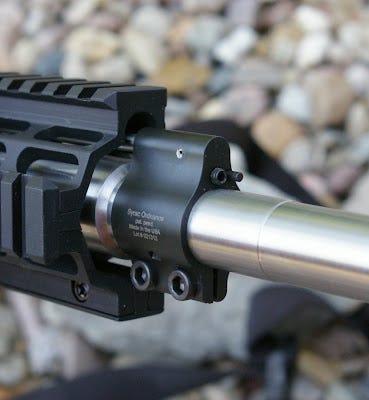Syrac Ordnance Adjustable AR15 Gas Block Review

Syrac Ordnance AR15 Adjustable Gas Block Review
For those readers who are new to what an Adjustable Gas Block is, take a read through my All About Adjustable Gas Block article. I would consider that article a prerequisite to understanding this review and what an adjustable gas block can fully offer an AR15 owner. I have included some of that content in …
Keep reading with a 7-day free trial
Subscribe to Major Pandemic - MajorPandemic.com to keep reading this post and get 7 days of free access to the full post archives.


